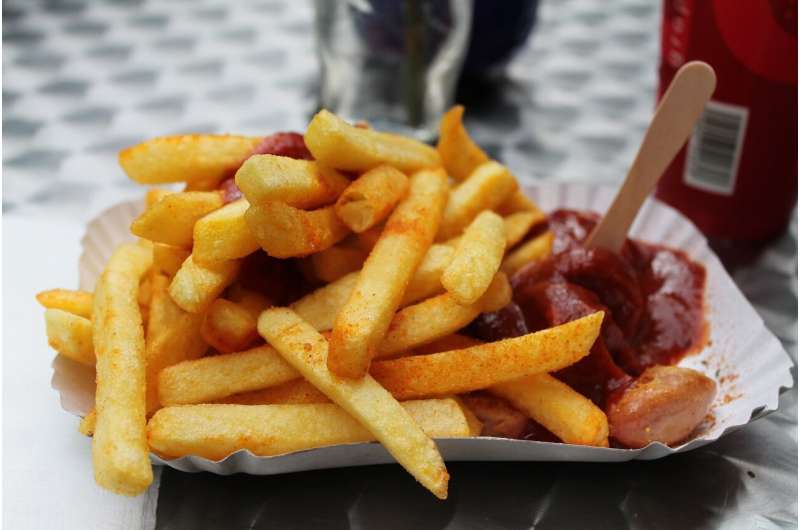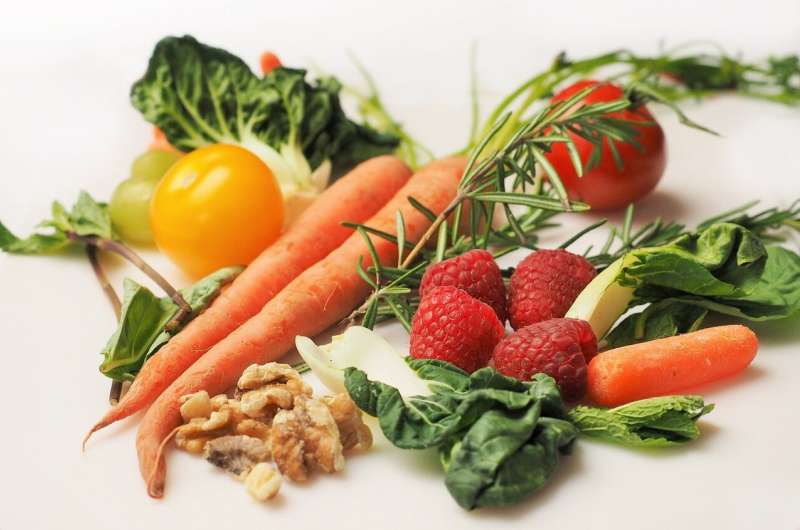New Food Reactivity Tool Reveals Why We Respond to Visual Food Cues

A new Food Cue Reactivity (FCR) image bank enhances understanding of how visual food cues impact brain responses, aiding in nutritional behavior research and weight management strategies.
Imagine closing your eyes and picturing a rich, chocolate cake, a bunch of vibrant red roses, or a ripe, juicy peach. These images might evoke feelings of happiness or desire. However, recent research suggests that our brains may react differently to food images compared to non-food objects, despite the positive emotions they generate. Understanding these responses is crucial for advancing nutritional behavior studies and developing effective weight management strategies.
Martin Binks, an expert in metabolic diseases, emphasizes that our brains are wired to respond distinctly to various environmental stimuli. To explore how visual cues influence our eating behaviors, scientists use Food Cue Reactivity (FCR) image banks. These collections display pairs of images—half featuring food items like strawberries, hamburgers, or cakes, and the other half showing non-food objects such as baskets of flowers, keys, or car models. Researchers measure how strongly an individual's brain reacts to the food images relative to the non-food images.
For accurate results, it's essential that the images in these studies are visually comparable in terms of color, size, and shape. Additionally, understanding the appeal or attractiveness of each item—whether high or low—is vital, as previous image banks often overlooked these factors. Binks, a professor at George Mason University, highlighted that pairing high-appeal foods like pizza with high-appeal non-food objects like luxury cars enhances the reliability of brain response measurements.
To improve the precision of such research, Binks and his colleague William R. Quarles developed a novel FCR image bank. This new resource addresses past limitations by ensuring visual consistency and diverse appeal ratings, allowing scientists to better isolate reactions specific to food stimuli. This advancement is openly accessible for researchers across disciplines.
By minimizing distractions and irrelevant responses, the refined image bank aims to produce more accurate insights into how the brain processes food cues. These insights can inform future nutrition interventions and behavioral therapies. Binks believes this tool will not only improve research accuracy but also save time for other scientists creating their own image sets.
The development and testing of this innovative image bank were published in July 2025 in the International Journal of Obesity. Overall, these advances strengthen our understanding of the complex relationship between visual food cues and eating behavior, ultimately contributing to more effective strategies for managing diet and weight.
Stay Updated with Mia's Feed
Get the latest health & wellness insights delivered straight to your inbox.
Related Articles
Impact of Potato Preparation on the Risk of Type 2 Diabetes
Learn how different methods of preparing potatoes influence the risk of developing type 2 diabetes, and discover healthier dietary substitutions to reduce this risk.
Rethinking School Lunches in Australia: Towards Healthier Nutritious Options for Students
Australia is considering school meal programs to improve children’s nutrition, health, and academic success amidst rising food insecurity and dietary concerns. Learn about the benefits and challenges of implementing universal school meals.
Research Reveals UK Adults Are Not Eating Enough Plant-Based Foods
A new study reveals that UK adults are not consuming enough diverse plant-based foods, impacting their overall health and risk of chronic diseases. Increasing plant food variety may boost diet quality and cardiometabolic health.



